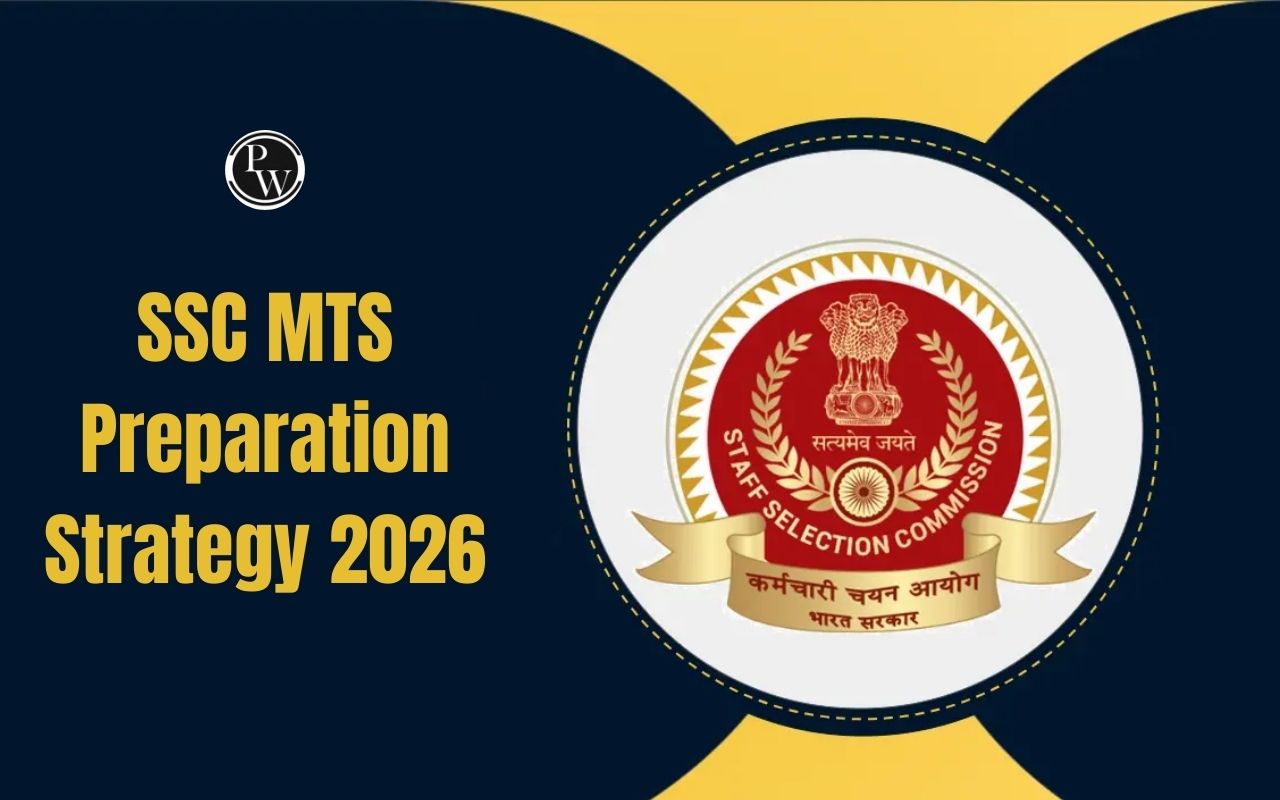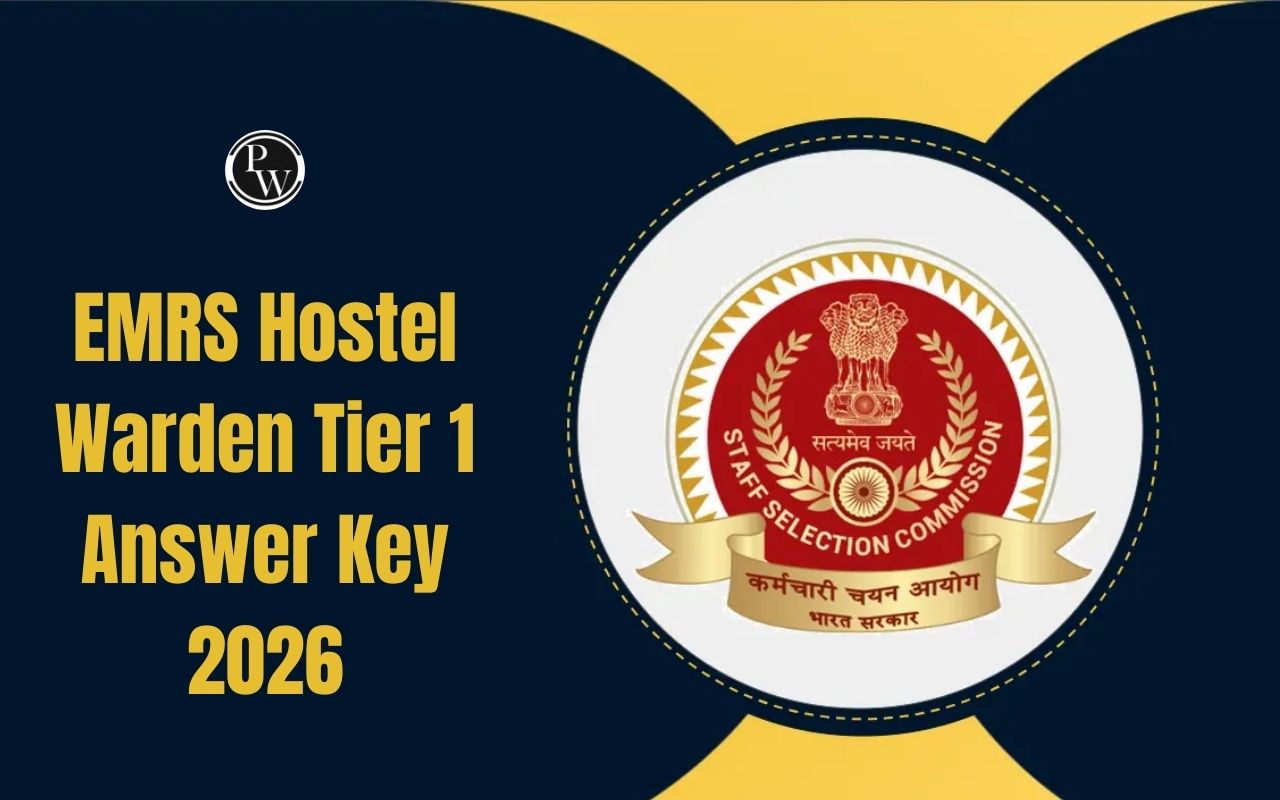
Battle of Buxar: The Battle of Buxar happened on October 22, 1764. It was between the British East India Company, led by Hector Munro, and a combined force of Shuja-ud-Daula, the Nawab of Awadh; Mir Qasim, the Nawab of Bengal; and the Mughal Emperor Shah Alam II. The British East India Company won this battle, which helped them gain control over Bengal and establish the Bengal Presidency.
At that time, the British East India Company was growing its territories in India. They had previously won the Battle of Plassey in 1757, which allowed them to rule over Bengal. However, they faced challenges after that victory. They were constantly attacked by the French, their allies, and local forces. In 1764, Mir Qasim, Shuja-ud-Daula, and Shah Alam II joined forces to try to push the British out of Bengal.Battle of Buxar
The Battle of Buxar, fought on October 22, 1764, was a major conflict between the British East India Company and a combined force of Indian rulers including the Nawabs of Bengal and Awadh, along with the Mughal Emperor. Despite being outnumbered, the British won through superior tactics and firepower. This battle led to the British gaining control over Bengal and Bihar, marking a key step in their rule over India. The victory significantly changed the political landscape, establishing British dominance in northern India.Battle of Buxar History
The Battle of Buxar in 1764 was a key moment when the British East India Company defeated the combined forces of Mir Qasim, the Nawab of Awadh, and the Mughal Emperor Shah Alam II. This battle happened after the Mughal Empire weakened and regional leaders tried to regain power. Mir Qasim opposed British control by moving his capital and training his army, which led to conflict. The British victory at Buxar gave them control over Bengal, Bihar, and Orissa, laying the foundation for their rule in northern India. It also resulted in the Treaty of Allahabad in 1765, which formalized British revenue collection rights and political dominance.
Key points:
-
Battle fought on October 22, 1764, between British and Indian alliance forces
-
Mir Qasim and allies opposed British expansion after Plassey victory
-
British used superior strategy and artillery to win despite being outnumbered
-
Aftermath: British got Diwani rights to collect revenue in Bengal, Bihar, Orissa
-
Treaty of Allahabad marked start of British political control in India
Battle of Buxar 1764 Causes
The Battle of Buxar in 1764 was fought between the British East India Company and Indian rulers including the Mughal Emperor Shah Alam II, Nawab of Bengal Mir Qasim, and Nawab of Awadh Shuja-ud-Daula. The British victory was due to their military strength and better coordination, which helped them gain control over Bengal, Bihar, and Orissa. This battle marked the beginning of British political dominance in northern India, leading to the Treaty of Allahabad in 1765, where the company gained the right to collect revenue from these regions. The defeat weakened Indian rulers and paved the way for British expansion across India.
-
British fought Indian rulers led by Shah Alam II in 1764.
-
British wanted control over land, trade, and tax revenue.
-
British victory established them as a major power in India.
-
Treaty of Allahabad gave British control over Bengal, Bihar, and Orissa.
-
This battle laid the groundwork for British rule in India.
Battle of Buxar Participants
The following table offers information about the key figures involved in the Battle of Buxar and their roles during the battle:|
Battle of Buxar Participants |
|
| Participants of Battle of Buxar | Role in the Battle of Buxar |
| Mir Qasim – (Administering Bengal in place of Mir Jafar – Nawab of Bengal) | He disliked misuse of dastak, farmans by the English, hence tried to conspire against them by forming an alliance with Nawab of Awadh and Mughal Emperor Shah Alam II |
| Shuja-Ud-Daulah – Nawab of Awadh (Oudh) | Was a part of a confederacy with Mir Qasim and Shah Alam-II |
| Shah Alam II – Mughal Emperor | He wanted to overthrow English from Bengal |
| Hector Munro – British Army Major | He led the battle from the English side |
| Robert Clive | Signed the treaties with Shuja-Ud-Daulah and Shah Alam-II after winning the battle |
Battle of Buxar Timeline
In 1757, the British East India Company won the Battle of Plassey and took control of Bengal. By 1762, disagreements over trade and taxes led the Nawab of Bengal to oppose the British. In 1764, a coalition of the Mughal Emperor, the Nawab of Bengal, and the Nawab of Awadh fought the British in the Battle of Buxar on October 22. The British defeated the Indian rulers using better weapons and strategy. After the battle, the Mughal Emperor signed the Treaty of Allahabad, giving the British rights to collect revenue from Bengal, Bihar, and Orissa, securing their power in India.Battle of Buxar Significance
The Battle of Buxar marked a crucial moment in history when the British firmly took control of Bengal, Bihar, Orissa, and Bangladesh. Before this battle, the Nawab of Bengal had lost his power to the British after the Battle of Plassey in 1757. But at Buxar, the British defeated not just the Nawab but also gained influence over Awadh and the declining Mughal Empire. This victory laid a strong foundation for the British in India, leading to their eventual dominance over the entire country.Battle of Buxar Impact
On October 22, 1764, the British won a big battle against Shah Alam II, Shuja-Ud-Daula, and Mir Qasim, thanks to Robert Clive and Major Hector Munro leading the British troops. This victory gave the British power over the Mughal area and Awadh after the Buxar conflict, making them very important in the North. Mir Qasim agreed to let the English control certain districts like Midnapore, Burdwan, and Chittagong to help the English army. After the Battle of Buxar, English traders got special trade rights, except for a small tax on salt. When Mir Jafar died, his son Najimud-Daula became the ruler, but the English basically controlled everything. The Treaty of Allahabad sorted out issues between Shuja-Ud-Daula and Shah Alam II, and it was led by Robert Clive.Battle of Buxar War Result
In 1764, a significant battle took place where Mir Qasim, Shuja-Ud-Daula, and Shah Alam-II were defeated on October 22nd. Major Hector Munro led the winning side, with Robert Clive playing a major role. This victory established English dominance in northern India. Mir Jafar, the Nawab of Bengal, granted the English control over districts like Midnapore, Burdwan, and Chittagong to support their army.Treaty of Allahabad
After the Battle of Buxar in 1764, a significant agreement called the Treaty of Allahabad was signed on August 16, 1765. Here are the main points of the treaty:- The treaty gave the East India Company the right to collect taxes (revenue rights) in Bengal, Bihar, and Orissa.
- Previously, the responsibility of collecting taxes in these regions belonged to the Mughal Empire and the local rulers, but now the Company could do it directly from the people.
- The Company gained control of managing taxes after paying an annual amount of Rs 26 lakh as per Shah Alam II's decree.
- In return for certain administrative functions like defense, police, and justice, Shah Alam II paid Rs 53 lakhs to the Company.
- The treaty also acknowledged the Nawab of Awadh as an independent ruler, though he had to pay a significant amount to the East India Company for their support in the Battle of Buxar.
- This treaty marked the start of British dominance in India and contributed to the decline of the Mughal Empire, which was already weakened due to various conflicts.
- By obtaining tax control (Diwani rights), the East India Company took charge of Bengal's economy, a region known for its wealth. This control helped the Company amass financial strength and expand its influence across other parts of India.
Battle of Buxar Important Facts
The Battle of Buxar, fought on October 22, 1764, was a key conflict between the British East India Company and a coalition of Indian rulers led by Mir Qasim, Nawab of Bengal; Shuja-ud-Daula, Nawab of Awadh; and Mughal Emperor Shah Alam II. This battle solidified British power in northern India and marked a turning point in colonial rule. The defeat forced the Indian rulers to sign the Treaty of Allahabad in 1765, granting the British rights to collect revenue from Bengal, Bihar, and Orissa.
-
Battle date: October 22, 1764
-
British commander: Major Hector Munro
-
Indian coalition: Mir Qasim, Shuja-ud-Daula, Shah Alam II
-
British victory despite being outnumbered
-
Treaty of Allahabad (1765) gave British Diwani rights (tax collection) over Bengal, Bihar, and Orissa
-
Marked beginning of British political control over northern India
| Other Related Links | |
| Tiger Reserves in India | National Parks in India |
| Biosphere Reserves in India | Elephant Reserves in India |
Battle of Buxar FAQs
Q1. Who won the Battle of Buxar?
Q2. When was the battle of Buxar fought?
Q3. What was the reason for the Battle of Buxar?
Q4. What is the difference between Battle of Plassey and Buxar?
Q5. Why is the Battle of Buxar more important than the Battle of Plassey?










